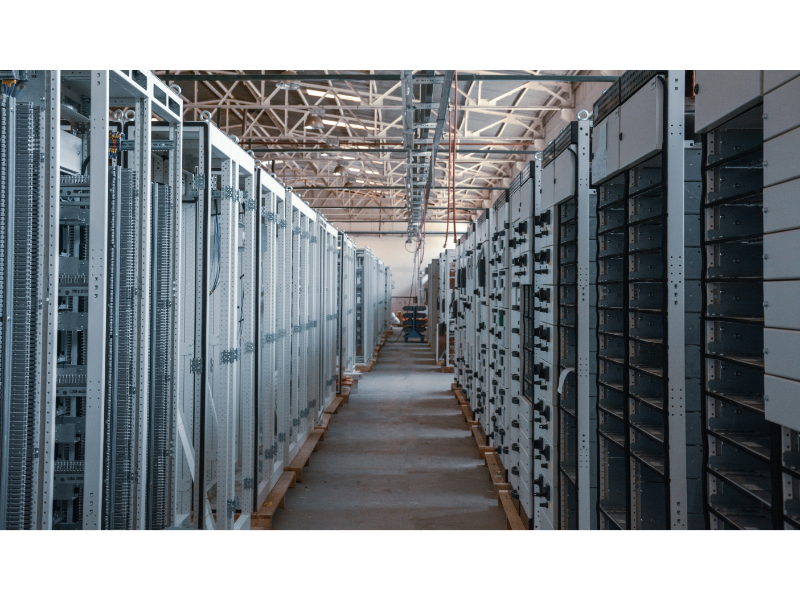- ROM1 in Rome will offer over 3 MW capacity, be carrier‑neutral, and be optimised for AI and HPC workloads.
- Vertiv will deliver free‑cooling systems, efficient power distribution, and smart environmental controls to support high-density and sustainable operations.
What happened: Vertiv and Digital Realty join forces for AI‑ready data centre in Rome
Digital Realty has announced a partnership with Vertiv to supply critical infrastructure for its ROM1 campus in Rome, marking the company’s first data centre in Italy. The facility is being developed in phases, with a total capacity exceeding 3 MW, and is expected to begin operations in 2027.
Vertiv will provide advanced cooling and power solutions, including free‑cooling systems tailored to Rome’s climate, energy‑efficient power distribution for high‑density workloads, and smart environmental controls. The ROM1 campus will be carrier‑neutral and specifically optimised for high-performance computing, artificial intelligence, and machine-learning applications.
This development forms part of Digital Realty’s broader Mediterranean expansion, complementing existing centres in Marseille, Athens, and Crete, and aims to reinforce Rome’s position as a key hub for regional digital infrastructure.
Also Read: Thailand approves $3.1B in hyperscale data centre investments
Also Read: AI boom drives up data centre construction costs
Why it’s important
The ROM1 campus reflects the growing demand for AI‑optimised, high-density compute capacity and low-latency connectivity across Europe and the Mediterranean. By integrating Vertiv’s advanced power and thermal management systems, Digital Realty is prioritising operational efficiency, sustainability, and performance for next-generation workloads.
Vertiv’s involvement underscores the increasing importance of energy and cooling innovations in modern data-centre design. As AI and machine-learning workloads continue to rise, the ability to manage heat and power efficiently becomes critical, setting new benchmarks for sustainable infrastructure.
Additionally, Rome’s strategic location, with terrestrial and submarine fibre links connecting major Mediterranean cities, positions ROM1 as a vital node for digital connectivity, offering companies an edge in latency-sensitive applications.

